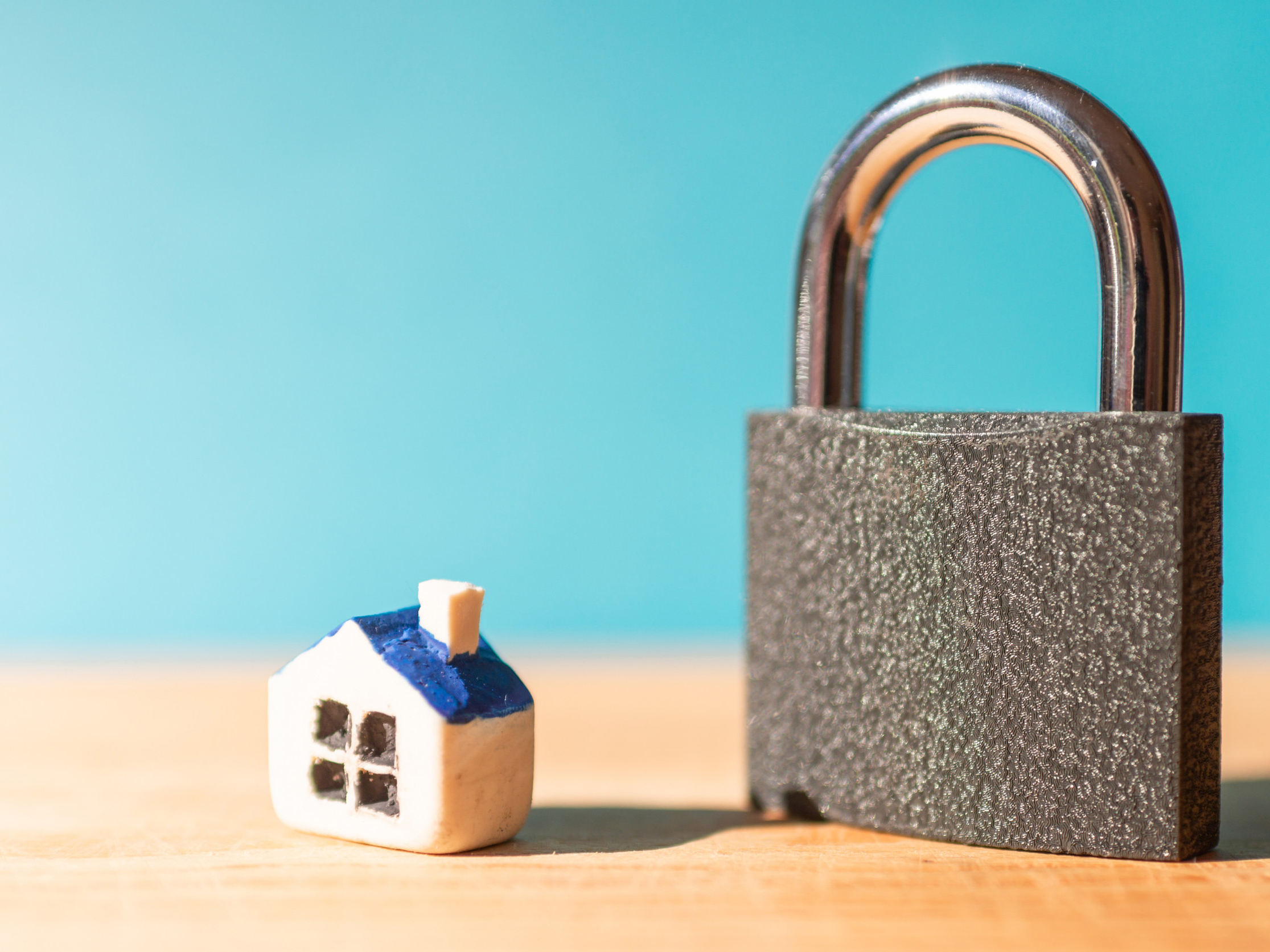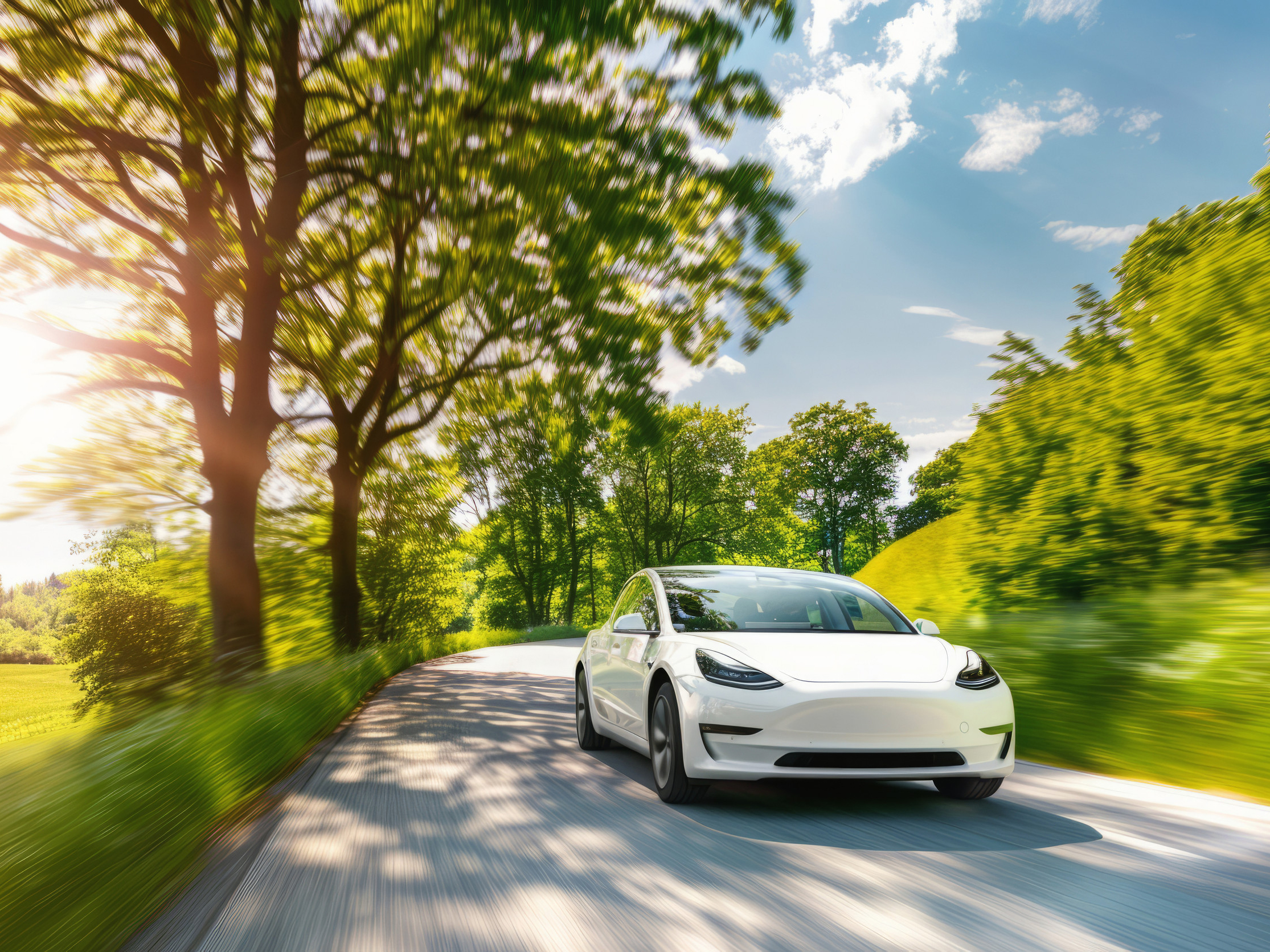When you think about rising seas, stronger storms, or record-breaking wildfires, you probably don’t jump straight to your home insurance policy. But the connection is real. Climate Change and Home Insurance go hand in hand, and the impact is showing up in homeowners’ wallets. Insurance companies are adjusting rates, changing coverage limits, and even pulling out of high-risk areas altogether. If you’re not paying attention, you could end up underinsured—or worse, with no coverage at all.
Why Climate Change and Home Insurance Are Linked
Climate disasters aren’t rare anymore. Hurricanes, floods, tornadoes, and wildfires are increasing in both frequency and severity. As a result, insurance companies face massive payouts, and they need to cover their losses. So, premiums rise. But it doesn’t stop there. Many insurers are now excluding certain natural disasters from standard policies, forcing homeowners to buy expensive add-ons or go without.
Transitioning from “one-off” disasters to a new normal means you can’t treat your coverage as an afterthought. Instead, you need to understand how Climate Change and Home Insurance interact so you can prepare for future risks.
Premiums on the Rise
One of the clearest signs of this link is skyrocketing premiums. If you’ve seen your bill jump by hundreds of dollars over the past few years, you’re not alone. Insurers factor in location risk, and with climate change, even areas that were once considered safe are now on the radar.
For example, inland communities that rarely saw flooding are now dealing with extreme rainfall. Coastal towns face more intense hurricanes. The costs keep stacking up, and insurers pass those costs directly to homeowners.
Shrinking Coverage and Stricter Rules
Higher premiums aren’t the only problem. Many policies are quietly reducing what they cover. Some drop wildfire coverage, while others cap payouts for storm damage. Insurers also set stricter requirements. Maybe your roof has to meet new standards, or you’ll only qualify for coverage if you install storm shutters.
This is where things get frustrating. You pay more, but you get less. That’s why understanding the relationship between Climate Change and Home Insurance is critical before you sign your renewal paperwork.
Climate Change and Home Insurance: What You Can Do
So, what can you actually do about it? While you can’t stop a hurricane or wildfire, you can make smart moves that help protect your wallet. Here are a few strategies:
- Shop around: Different insurers assess risk differently. Some may offer better rates or broader coverage than others.
- Bundle policies: Adding auto or umbrella coverage might get you a discount.
- Fortify your home: Simple upgrades like fire-resistant roofing, sump pumps, or flood barriers not only reduce risk but can also lower premiums.
- Look into government programs: In some high-risk areas, state-backed insurance plans may be your only option. They might not be cheap, but at least you’ll have coverage.
Why Some Areas Are Becoming Uninsurable
Another alarming trend is that some places are becoming “uninsurable.” Insurers simply walk away because the risk is too high. California has seen this with wildfires, and Florida deals with it after every hurricane season.
If you live in one of these regions, your choices shrink. You might have to rely on last-resort state programs, which often provide basic coverage at steep costs. This makes planning ahead essential because once insurers pull out, options vanish quickly.
Thinking Long-Term
The biggest takeaway? Climate Change and Home Insurance aren’t temporary issues. They’re long-term problems that every homeowner will face in one way or another. Even if you don’t live near a coast or a forest, extreme weather can hit anywhere. Hailstorms, flooding, or even severe heat waves can strain your home’s systems.
Planning now—by reviewing your policy, asking questions, and making small upgrades—will help you avoid nasty surprises later.
Final Thoughts
Insurance has always been about protecting against the unexpected. But with climate change, disasters aren’t unexpected anymore—they’re inevitable. That means your insurance coverage must adapt. The link between Climate Change and Home Insurance is only growing stronger, and ignoring it won’t make it go away.
So, review your policy closely, talk to your insurer about exclusions, and make upgrades where possible. By staying proactive, you’ll make sure your home and your finances are better prepared for whatever the climate throws your way.

















